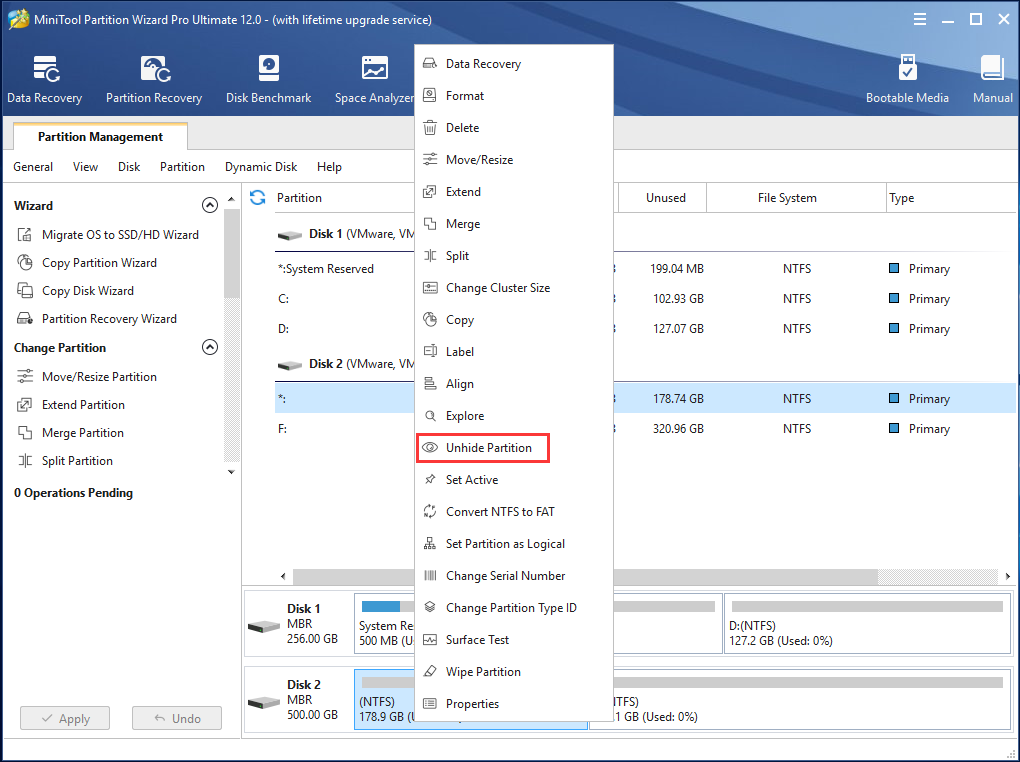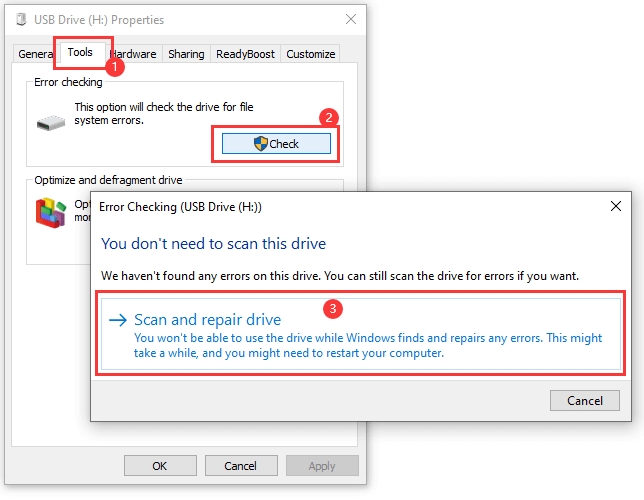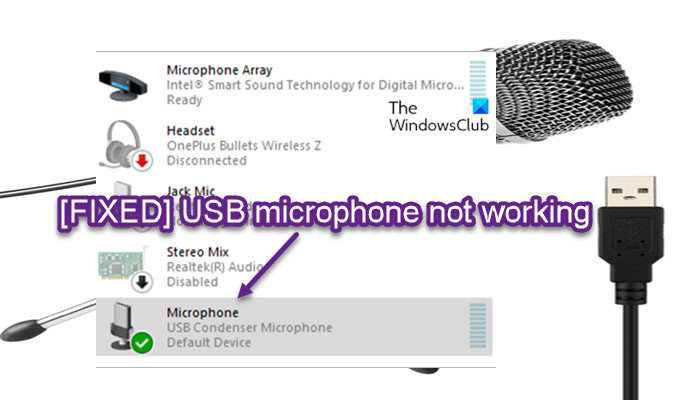

- #Cant use external ssd for windows 10 usb tool install#
- #Cant use external ssd for windows 10 usb tool drivers#
- #Cant use external ssd for windows 10 usb tool driver#
- #Cant use external ssd for windows 10 usb tool portable#
Restart into Windows to complete installation. For Windows 10 Education, use "Windows 10 Education Retail Technical Preview". For Windows 10 Pro, use "Windows 10 Pro".  Run: imagex /check /verify /apply d:\sources\install.wim "Windows 10 Home" e:. From the "Virtual Machine" menu, choose "CD/DVD (SATA)" > "Choose Disc or Disc Image.". Note the drive letter for the selected volume (marked with a *) this is the drive letter of the destination drive. Run list disk to determine the disk number of the destination drive. In the "Choose where you would like to connect " prompt, choose "Connect to Windows" Choose "More", then choose "Run as administrator". Right-click "Deployment Tools Command Prompt". From the Start menu, choose "All apps". Prepare and image the destination drive:. After installation completes, choose "Close".
Run: imagex /check /verify /apply d:\sources\install.wim "Windows 10 Home" e:. From the "Virtual Machine" menu, choose "CD/DVD (SATA)" > "Choose Disc or Disc Image.". Note the drive letter for the selected volume (marked with a *) this is the drive letter of the destination drive. Run list disk to determine the disk number of the destination drive. In the "Choose where you would like to connect " prompt, choose "Connect to Windows" Choose "More", then choose "Run as administrator". Right-click "Deployment Tools Command Prompt". From the Start menu, choose "All apps". Prepare and image the destination drive:. After installation completes, choose "Close". Choose "Download and install this feature".From the Start menu, choose "File Explorer", and then "This PC".

Install the Automated Installation Kit:.Choose "Drive 0 Unallocated Space" and click "Next".Choose "Custom: Install Windows only (advanced)".The settings don’t really matter, because we’re just using this VM to write the disk image. Start the VM and complete Windows Setup.In "Microsoft Windows Easy Install", uncheck "Use Easy Install", and click "Continue".In "Create a New Virtual Machine", choose "Use another disc or disc image…", locate Win10_1511_1_English_圆4.iso, and click "Continue".In "Select the Installation Method", choose "Install from disc or image", and click "Continue".We’ll use the temporary Windows VM to write the disk image to the destination drive.
Eject the driver drive: diskutil eject /dev/disk2. In "Save Windows Support Software", choose the driver drive, and click "Continue". If "Select Tasks" is not there, try "Action->Download Windows Support Software". Uncheck "Install Windows 7 or later version". Check "Download the latest Windows support software from Apple". Uncheck "Create a Windows 7 or later version install disk". Erase the disk using diskutil eraseDisk fat32 DRIVERS MBR /dev/disk2. In my case, the device name was /dev/disk2. Run diskutil list to determine the device name. Download the Windows 7 Automated Installation Kit from. VMware Fusion 7.1.3 couldn’t connect my external USB disk to my Windows VM. The non-professional free evaluation version is sufficient. Install VMware Fusion 8.1.1 from VMware's site. Driver drive: SanDisk Extreme 32GB USB 3.0 Flash Drive (SDCZ80-032G-GAM46).  Destination drive: Samsung T3 Portable 500GB USB 3.0 External SSD (MU-PT500B/AM). In addition to the external drive that will host your Windows installation (the "destination drive"), you will need another USB drive (the "driver drive") to temporarily store the Boot Camp drivers. I found that certain operations failed more frequently if I used the USB hub in my monitor. Throughout the process, directly connect all devices to your Mac. I tested this process on a MacBookPro11,1 running OS X 10.11.5 (15F34). Here's an updated procedure for Windows 10, based on orkoden's excellent answer.
Destination drive: Samsung T3 Portable 500GB USB 3.0 External SSD (MU-PT500B/AM). In addition to the external drive that will host your Windows installation (the "destination drive"), you will need another USB drive (the "driver drive") to temporarily store the Boot Camp drivers. I found that certain operations failed more frequently if I used the USB hub in my monitor. Throughout the process, directly connect all devices to your Mac. I tested this process on a MacBookPro11,1 running OS X 10.11.5 (15F34). Here's an updated procedure for Windows 10, based on orkoden's excellent answer.








 0 kommentar(er)
0 kommentar(er)
